Learn all about the History of Wool
Did You know about the History of Wool?
The history of man and wool goes back over 10,000 years. Our ancestors used the skins of wild sheep to keep warm. Historical documents indicate that around 9,000 BC in Mesopotamia were the first people to tame sheep.
In neighboring regions, such as the Middle East, Africa and the Mediterranean, they traded the animals and their raw materials. Among the Egyptians, wool manufacture was already practiced on a large scale.
The Wool Sheep
The wool sheep as we know it today descends from wild sheep, the so-called mouflon. The wild sheep had only very little wool. In spring, it threw off this wool completely. Only when man began to keep sheep about 10,000 years ago, the wool sheep slowly developed.
Sheep are one of the oldest farm animals. Sheep are very social animals and relatively undemanding in attitude. They look for their food on their own and need relatively little care from humans.
Since the domesticated animals reproduced in the human environment, gradually changed the nature of your hair. The long coarse upper hairs were overgrown by the ever longer and denser becoming under-hair.
With the further breeding of the ever-lengthening undercoat, its color also changed. Sheep were no longer just brown. The hair also got lighter and darker tones, from white, light reddish to black. The coat of these new wool sheep consisted mainly of the undercoat, the soft insulating fleece with very fine fibers.
With the color and shape of the wool, the natural hair change that took place annually in the spring was bred away – since then, the sheep must be shorn!
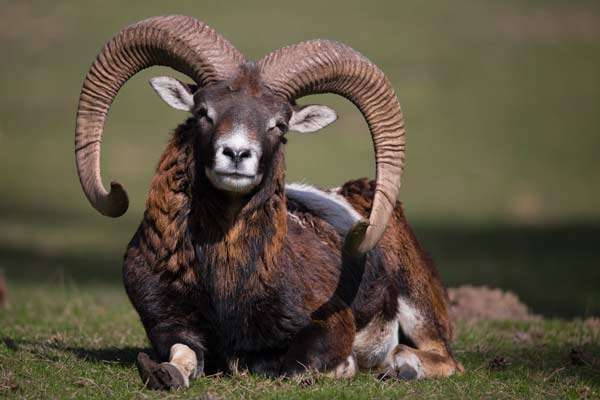
History of Wool - Origins
The oldest area of wool use is considered to be the Near East. Since the 4th millennium B.C., there is increasing evidence for wool sheep’s presence, especially in Mesopotamian images.
Much older, however, is a clay figurine from Tepe Sarab representing a sheep in western Iran, but its interpretation as a wool sheep is disputed.
It seems, however, that only in the course of the 6th and 5th Pre-Christian millennium a fleece developed due to breeding, and for a long time, hair and wool sheep still existed side by side. 1
Already in the 4th millennium B.C. – the wool use of sheep was known far outside Mesopotamia – as textile remains from the cave of Nahal Mishmar in Palestine prove.
Sumerian documents of the 3rd millennium B.C. list wool and milk as the essential products of sheep farming.2
History of Sheep Breeds | Linessa Farms
From the areas of origin in the Near East, wool technology also spread further into Asia and eastern Africa. Iran and Egypt, in particular, were reached by the new technology soon after its first appearance in the Near East.
In Egypt, wool-bearing sheep occur from the Middle Kingdom (2040 to 1782 BC) onwards.
Egyptians kept sheep for their meat, milk and wool. Flocks of sheep were also used to trample newly sown seeds into the ground.
Rams, considered a symbol of fertility, were associated with various gods, especially Khnum, a creator god, and Amun, the great god of Thebes. Ram-headed sphinxes flank the entrance to the temple of Amun at Thebes.
Wool and linen were still the two main textile fibers available to the people of Egypt in the late Roman and early Byzantine periods (third to seventh centuries A.D.)
Beginnings of wool production and processing in Europe
Little is known about the beginnings of wool production and processing in Europe. Since wool is an organic material, it does not persist long in the soil under European climatic conditions, except for wetland finds in lake settlements.
Therefore, only findings are available in archaeological excavations of this settlements. The findings also relate primarily to the newly emerging striking difference in the size of sheep skeletons.
In Central Europe, the larger sheep appear from 3000 BC. Especially in the early Bronze Age, a substantial displacement of the previous flax fabrics is evident, which had apparently been primarily replaced by wool.
Occasionally, mixed fabrics of wool and linen are found in peat bogs. A charred piece of wool from Switzerland was dated to 2900 BC.
In Central and Southern Europe, the use of wool seems to have taken place within a short period of time in the transition from the 4th to the 3rd millennium BC.
This rather speaks for an import of this technology to Europe and the introduction of wool sheep, possibly via the Eastern European steppe areas from the Near East, where large breeds of sheep are also found.
Also, the Golden Fleece legend could indicate that wool sheep breeding did not develop in Greece – instead, it was brought there from the Black Sea.3
In the Iron Age, sheep were then apparently already bred with increasingly dense fleece. Also, black, white and gray now appear as colorings. However, white wool is already found in the Bronze Age.
As in the Bronze Age, mixed wool continues to dominate, with larger components of the finer undercoat obtained by picking or combing out the sheep in the spring.
In Roman times, as with the Greeks and Etruscans, this mixed wool with its high proportion of fine, white wool still dominated.
In the Roman Imperial period, new types of wool were bred out, excellent fine wool, as it was already known to the Greeks and as it was also found in Palestine (5th century – 1st century BC). In general, wool, linen and leather dominated the clothing material of the population of Europe in Roman times.
Pliny the Elder reports in his Naturalis Historia, that the finest wool came from Taranto, where selection had succeeded in breeding a sheep with an excellent fleece, which, however, required special care.
Silk and cotton were considered extravagant and luxurious goods imported from the Orient, especially China and India, which only the richest could afford.
Unlike sheep, the hair coat of goats has undergone few breeding changes in wool use. Only the Angora goat is an exception here, and its fleece resembles that of the wool sheep.
Cashmere wool is the fine undercoat of cashmere goats combed out of the goats when they change their wool. The coat of the cashmere goat is little changed from the ancestral Bezoar goat.
From Craftsmanship to Industry
Invention of the Spinning Wheel
The beginning of the skill of twisting wool into thread probably dates back more than 5,000 years.
Until the 19th century, the hand spindle was used for spinning, then the spinning wheel – which was probably invented in China around the year 1000 – found its way into farmhouses and private homes.
Inventions such as James Hargreaves’ Spinning Jenny and the Power Loom were the basis for the industrial production of clothing from wool.
In spinning, a uniform thread is produced by distorting and twisting together individual short fibers or bundles of fibers, which are then wound onto a ball or into a skein.
The principle of spinning is still used today in modern spinning machines.
Wool is considered one of the best and healthiest raw materials available for textiles: Depending on the quality and strength. The yarns are used for outerwear, stockings, sports fabrics to rustic knitwear and carpets. In addition, felt is used to make hats and slippers, among other things.
History of Wool - Emergence of a Wool Industry
During the Roman period, wool, linen and leather were the most commonly used materials for clothing. In the Middle Ages, some fairs revolved around the production and sale of woolen cloth, and the wool trade became a large and important business in Europe.
In the 13th century, this developing wool trade became an engine of economic growth for the Netherlands, Belgium and Southern Italy. By the end of the 14th century, Italy was the largest producer.
In England, ten percent of wool production was used for textiles during the Black Death, and this English trade grew in the 15th century, and the export of wool from England was greatly discouraged.
Strict laws controlled the wool trade and the use of wool. Smuggling wool out of the country was punished for a time by cutting off the offender’s hand.4
A Brief History of Wool Textiles | IWTOCHANNEL
In 1699, the English crown prohibited its American colonies from trading wool with any country other than England. Later, the Industrial Revolution introduced mass-production methods to the wool and fabric industries.
For some time, Germany overtook England as the top producer and Germany was overtaken by Australia in 1845. However, Australia remains the top producer internationally today, with China and New Zealand in second and third place.
Today, global international wool production is about 2 million tons per year, and 60% is used to make clothing.
Fishers and workers have long favored wool clothing in cold and wet climates. Work clothes for difficult conditions had to be warm, durable, water repellent and easy to repair.
Merino sheep - ancestral animals of most of today's fine-wooled sheep.
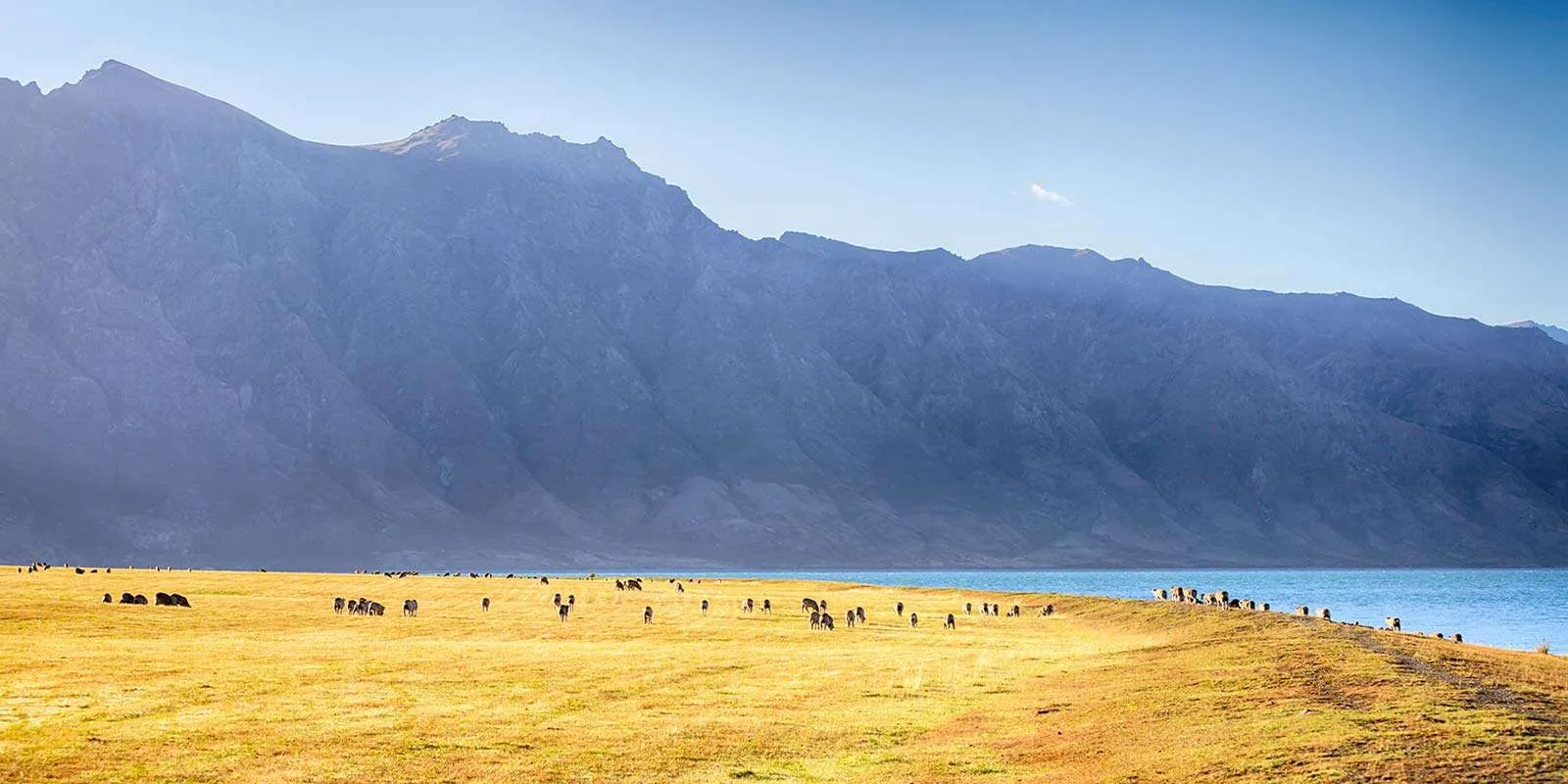
The center for breeding fine wool sheep was in Spain in the Middle Ages. Fine wool sheep were first introduced to Spain by the Phoenicians and the Romans. From 711 AD, the Moors created the basis for the then famous breeding of the Spanish Merino Sheep by increasing imports and intensively promoting sheep breeding.
The name derives from the Berber tribe of the “Ber-Merines,” who came to Spain from North Africa in the 12th century and brought their own fine wool sheep into breeding.
For a long time, Spain was able to achieve a monopoly in the production of fine wool based on the sheep called “Oveja Merinos”. Because Spanish sheep breeding was under the protection of the king and the influential interest group of noble herd owners, the “Mesta.”
The Mesta prevented the export of breeding animals under the threat of the death penalty. Apart from England, only in Spain in the High Middle Ages was fine wool produced on a larger scale, and this wool or woolen cloth was a sought-after export product.
It was not until the ban on exports was lifted in 1751 that the merino sheep spread rapidly throughout Europe so that fine wool could now become the dominant type of wool.
History of wool in other countries and cultures

- In the Judaism of Palestine, the sheep was an essential domestic animal from the earliest times, of which meat, milk, fur and skin, and its wool were widely used, as the Bible reports in numerous places. Wool was a sought-after commodity that people also used for trade.
- In Ancient America, wool was used in the central Andean region and adjacent areas from about 5000 BC; it came from domesticated and wild small camels, such as the alpacas, llamas or vicuñas.
- The first real weavings are attested from 2500 B.C. in Peru; alpaca wool weaving reached its peak between 2000 and 200 B.C. in the central Andean region, and the fibers could also be dyed from about 800 B.C. on the southern Peruvian coast – (Paracas -Textiles).
- Woolen weavings are also found in North America. They were mainly made from mountain goat wool, such as the blankets of the Chilkat people belonging to the Tlingit on the northwest coast in Alaska.
- The Navajos of the Southwest used sheep’s wool and cotton for their weavings, which they used to make dresses and blankets.
- Wool weaving reached Central Asia, especially Uzbekistan, Mongolia, and China, very late. Wool was used mainly for felting and making carpets, or people used the skins as furs, such as in the case of the Karakul sheep.
- In China, silkworm breeding was widespread from early times. The higher classes wore clothing made of this material. The people had clothing made of the rougher hemp fibers available. Sheep served there early on only for meat production and furs.
Economic relevance of wool today
Worldwide, nearly 100 countries produce about 2.2 million tons of wool annually, most of it in Australia, followed by China, New Zealand, Argentina, India, Great Britain and Northern Ireland with more than 50,000 tons per year (2009).
In the USA, sheep wool production is around 12000 tons. However, American wool has a difficult time on the world market, and local producers can only compete poorly with New Zealand, with its bright white, fine qualities, in terms of price and quality.5
A large part of the wool is processed in the clothing industry, while coarser fractions are used for bedding, upholstery, carpets and fertilizer pellets.

What to do against cold feet? Five tips on how to keep your feet warm in winter
What to do against cold feet? Five tips on how to keep your feet warm in winter What to do …

Alpaca Sweater vs Cashmere Sweater
There are no better examples of superior wool materials than the alpaca and cashmere, they’re both in a league of …
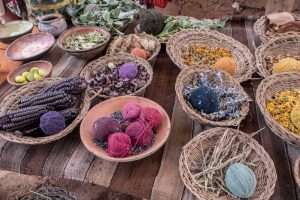
How to Dye Wool with Natural Products
How to Dye Wool with Natural Products Knitting & Crafing: How to Dye Wool Yarn with Natural ProductsHave you ever …

Ultimate Guide to the Best Men’s Cashmere V-Neck Sweaters
As the temperatures drop and the days grow shorter, there’s no better time to elevate your wardrobe with a luxurious …

Unravel the Mystery of Alpaca: From Ancient Inca Civilization to Modern Luxury Fiber
Alpacas are a domesticated species of South American camelid`s that are bred for their fiber. They are native to the …

Free Amigurumi Pattern for Beginners
Try out this free Amigurumi Pattern for Beginners Free Amigurumi Crocket Pattern for BeginnersOriginally, cute amigurumi crochet figures came from …
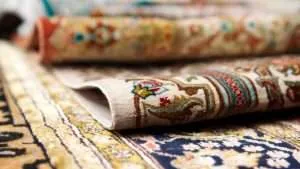
Weaving History: The Legacy of Camel Hair in Persian Rugs
For centuries, Persian rugs have been celebrated for their exquisite craftsmanship and intricate designs. Among the luxurious materials utilized in …
Thank You for Reading
Marco Heitner
Marco is the author and creator of the World’s-Finest-Wool.com and holds the "Wool Fibre Science" certification.
He founded this website because of his love for nature, tradition and exquisite all-natural fibers like merino wool, cashmere, and alpaca. The way local communities interact with their environment and produce valuable, irreplaceable natural resources such as wool is inspiring.
- Ensminger, M. E.; R. O. Parker (1986). Sheep and Goat Science, Fifth Edition. Danville, Illinois: The Interstate Printers and Publishers Inc. ISBN 0-8134-2464-X.
- The Textile Revolution. Research into the Origin and Spread of Wool Production, eTopoi Journal for Ancient Studies 6:102-145, December 2016
- Der Mensch und seine Haustiere. Die Geschichte einer jahrtausendealten Beziehung, Benecke, Theiss Verlag, Stuttgart 1994, ISBN 3-8062-1105-1
- History of Wool Trade
- Wool Profile

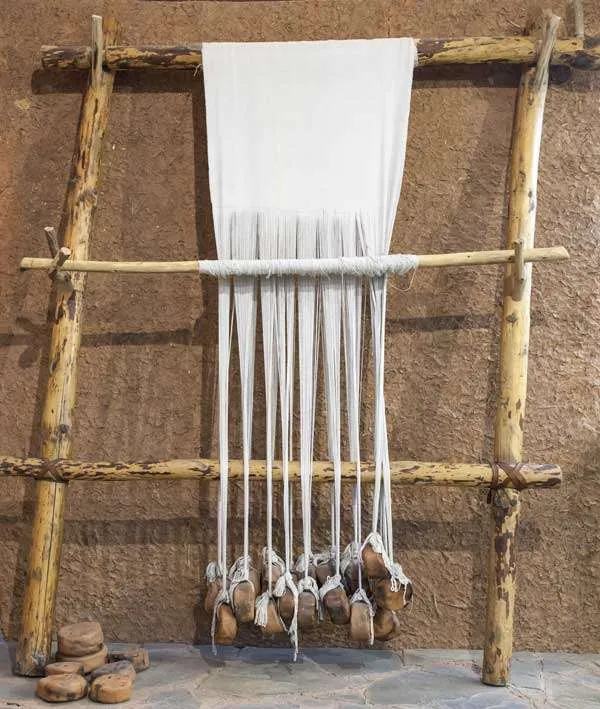
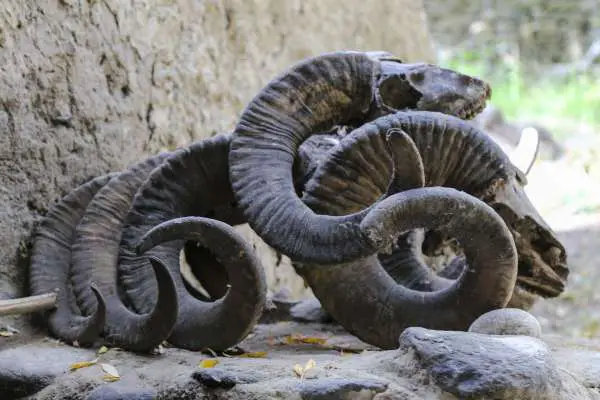
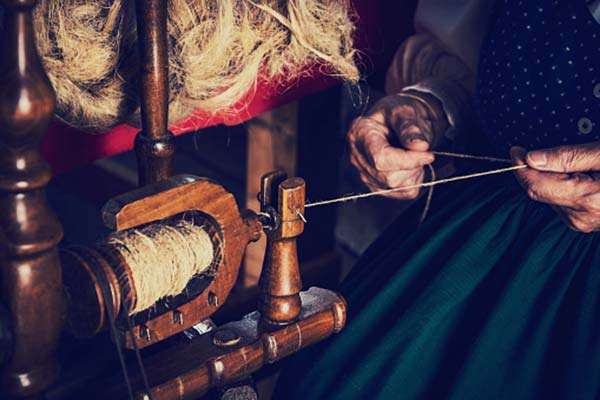
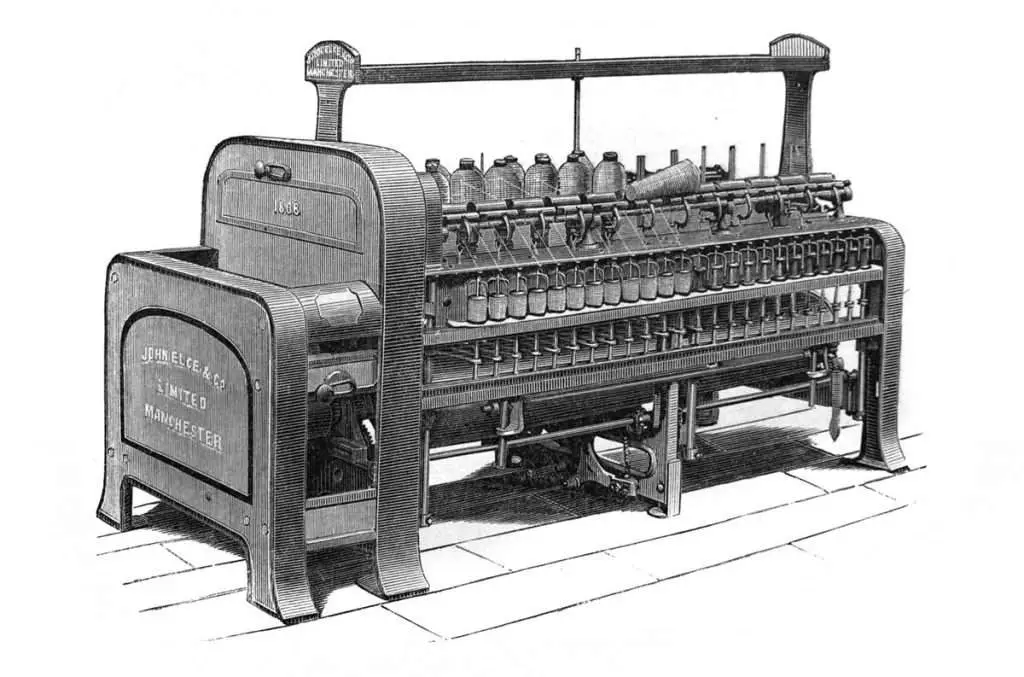
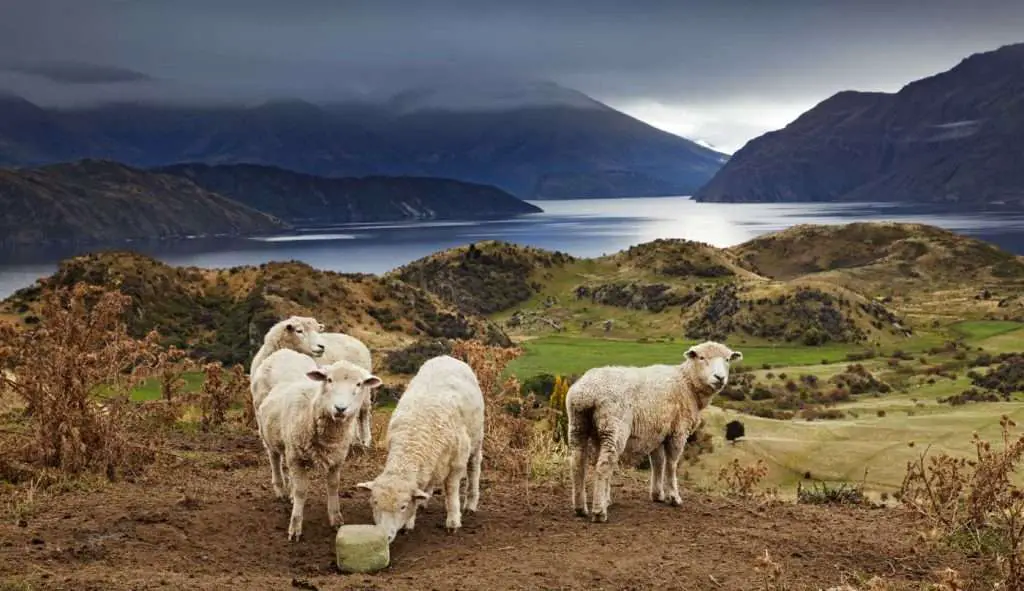

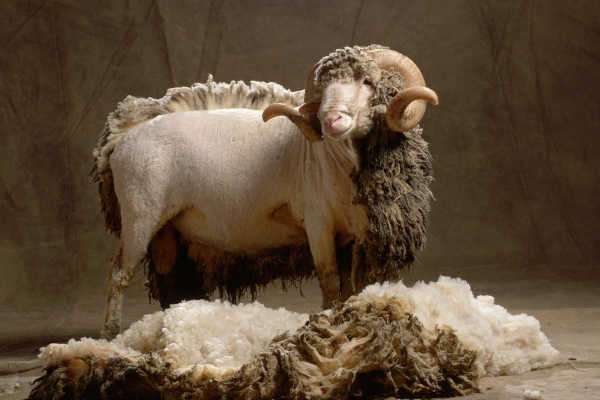


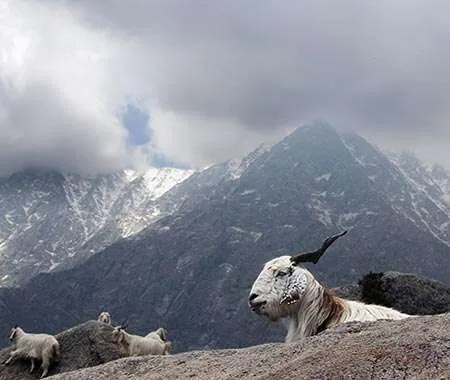

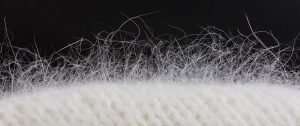
0 Comments